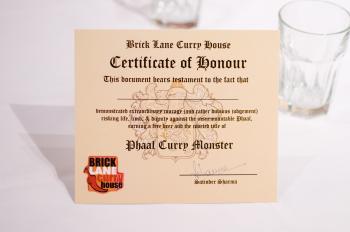This British-Indian gastronomic spice playground is reminiscent of London’s East End curry houses on Brick Lane. This one, though, stands quietly in Lower Manhattan’s East Sixth Street. The location was once known as Indian Restaurant Row but has since become an international gastronomic block with dining places offering cuisines from around the world. Brick Lane Curry House is a haven for New York City’s British expats.
India, the huge country with its diverse cultures and food preferences, shows its culinary influences the international community of traders, colonizers, and settlers have left and the eating habits of its indigenous people. Indian cuisine abounds with a vibrant and colorful heritage with the sights, the flavors, and the traditions from a multitude of cultures. The foods and cultures differ from one location to the next and from one coast to the other.
Having a meal at Brick Lane lets one experience an Indian culture and the culinary delights in the dishes served. For instance, vindaloo, originally a Portuguese dish that was made with pork [a taboo for most Indians] has adjusted to Indian culture and religious preferences by substituting lamb for pork. The Portuguese also introduced chilis, mangos, and tomatoes, whereas tandoor is of Persian and Greek influences. Tandoor actually refers to a special oven, the shape of a cylinder, made of clay, heated to high temperature over charcoal or wood, and used for baking bread and roasting meat.






